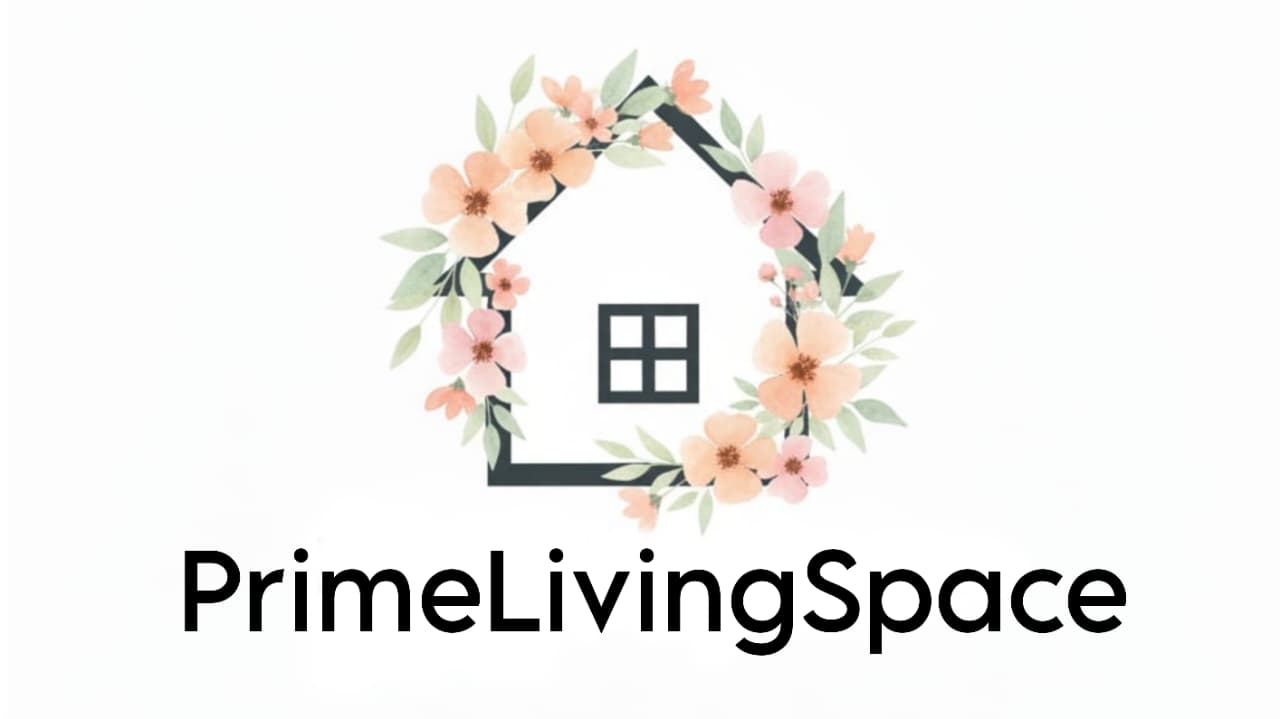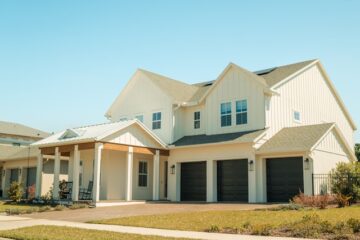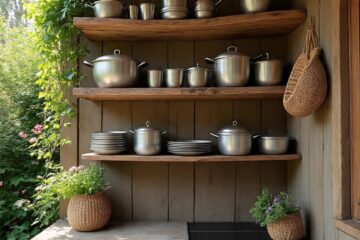Cladding does more than just make a building look good, it protects it. It shields walls from rain, heat, and wind while adding that sleek, modern finish we all love. But here’s the problem: not all cladding materials are created equal. Some can turn a beautiful building into a ticking time bomb. So, which type of cladding is considered high risk? Let’s break it down clearly, simply, and factually.
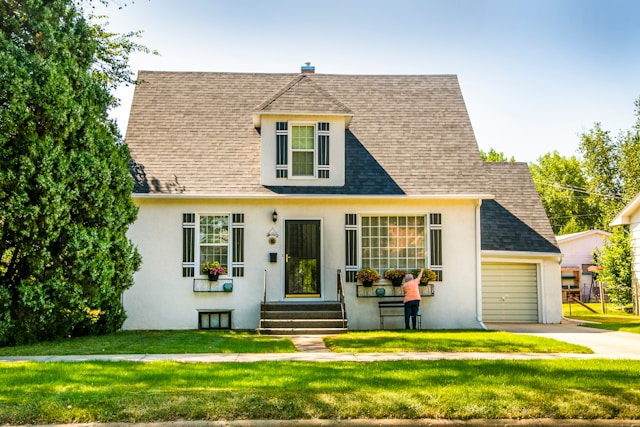
Don’t judge cladding by the outside alone the real danger is the whole wall assembly. Panels with combustible cores (notably PE-core ACM), combustible insulation or badly detailed cavities are considered high risk because they can allow fast external and internal fire spread. Regulators now require full-scale test evidence and, in many jurisdictions, ban certain combustible panels from high-rise use; the safest approach is proven, non-combustible assemblies and correct installation with cavity barriers and fire breaks.
Aluminum Composite Panels (ACP) with Polyethylene Core
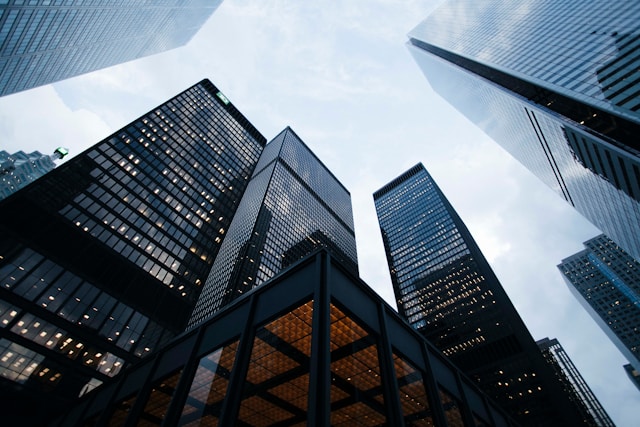
Among all types of cladding, aluminum composite panels (ACP) with a polyethylene (PE) plastic core are the most notorious. These panels look stylish and are often used on high-rise buildings for their smooth, modern appearance. But that thin layer of aluminum hides a serious problem: the core is made of highly flammable plastic.
In a fire, this type of cladding can ignite quickly and spread flames across the building’s exterior, turning a small spark into a major disaster. After several tragic incidents worldwide, governments have banned or heavily restricted ACP with PE cores on tall buildings. Safer alternatives include mineral-filled or fire-retardant cores, which meet modern safety standards.
Timber Cladding Without Fire Treatment
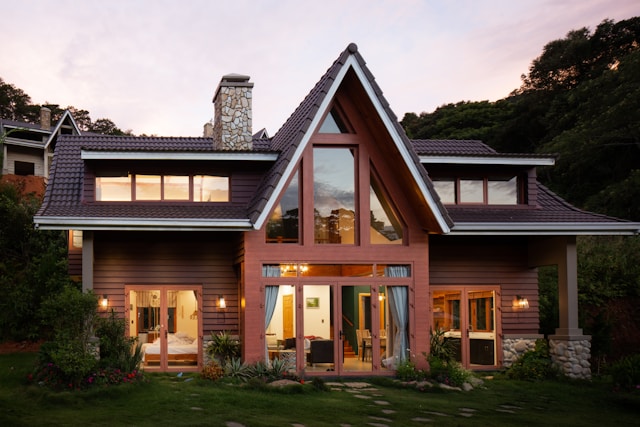
Timber cladding has that warm, natural charm that makes a home feel inviting. But untreated or poorly treated wood can pose a high fire risk, especially in hot, dry climates. Once flames catch, they spread fast, and embers can continue burning even after the surface fire is out.
If you love the look of wood, go for fire-rated or pressure-treated timber that meets safety certifications. You can also use composite timber alternatives; they mimic real wood but resist fire, rot, and weather damage far better.
Vinyl Cladding

Vinyl cladding (or PVC siding) is another material often labeled as high risk not necessarily because it easily catches fire, but because it melts and releases toxic gases when exposed to heat. These fumes can make evacuation and firefighting much more dangerous.
While vinyl is affordable and easy to install, it’s best avoided for large buildings or multi-story projects. Instead, look into fiber cement boards, metal panels, or stone veneer cladding all of which perform better in both safety and longevity.
Low-Grade Foam Insulation Behind Cladding
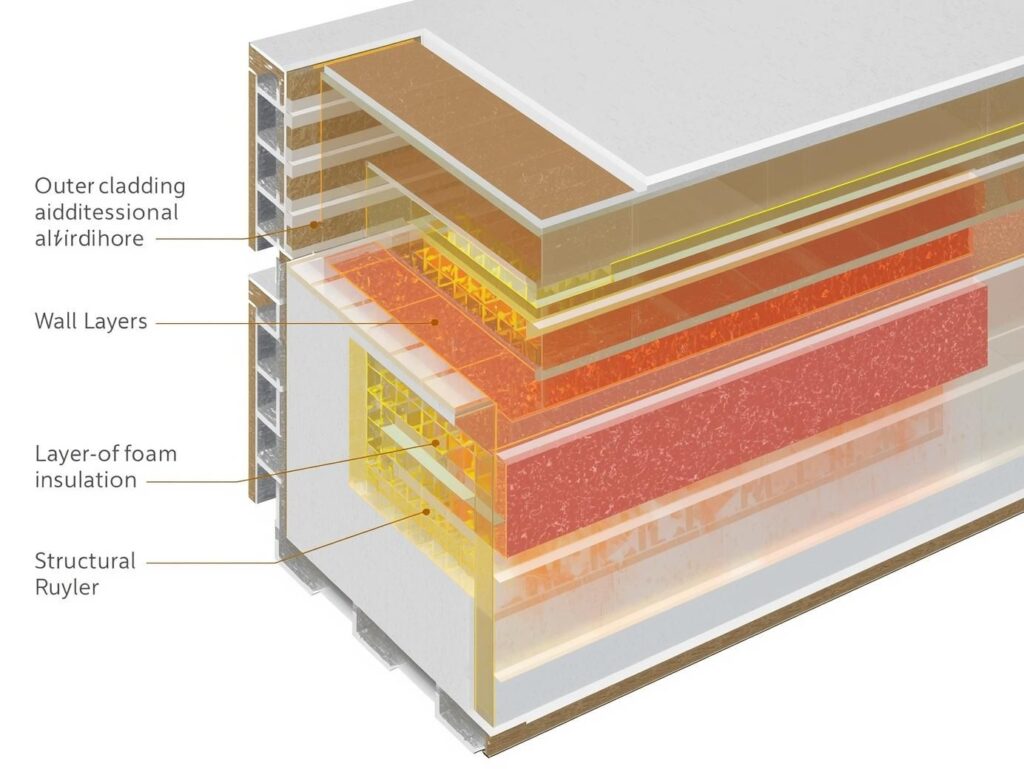
Sometimes, the danger isn’t the cladding itself but what’s behind it. Cheap foam insulation boards, often used to cut costs, can make an entire façade highly flammable. Even if the outer material is fire-resistant, the foam layer can trap heat, melt, and release toxic smoke during a fire.
That’s why many building codes now require non-combustible insulation materials such as mineral wool or rock fiber especially in high-rise or commercial structures. The right insulation layer can literally be the difference between a contained fire and a complete structural loss.
Mixed-Material Cladding Systems
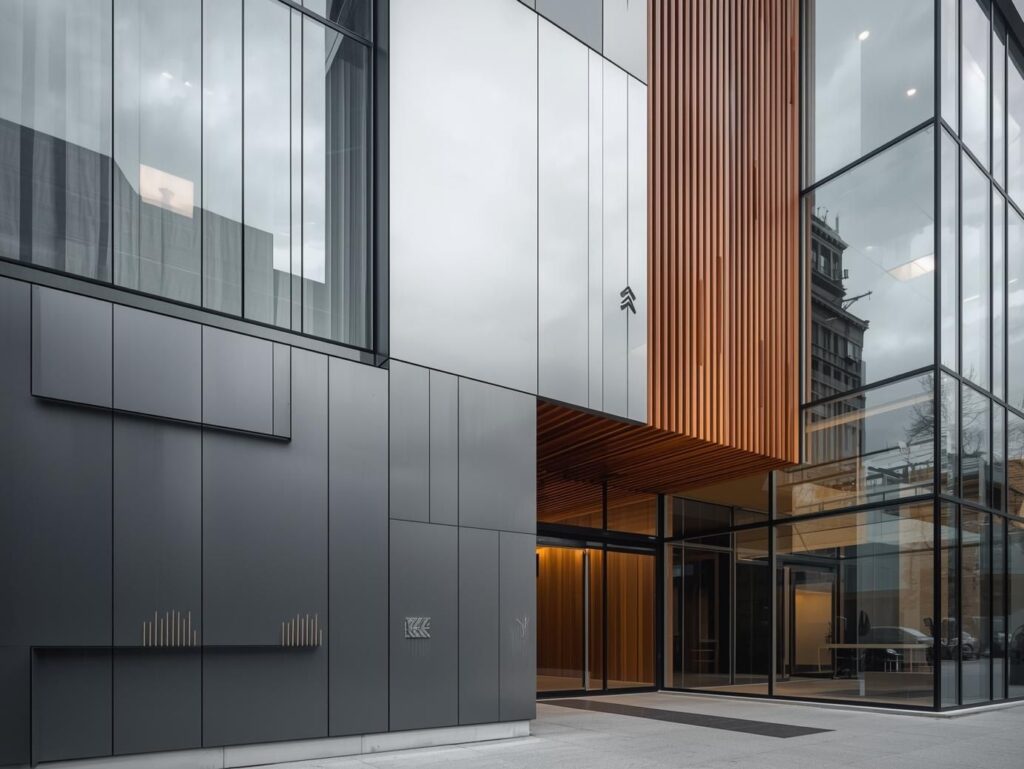
Here’s something most homeowners overlook even if you use one fire-safe material, combining it with combustible ones can raise your overall fire risk. For example, pairing aluminum sheets with plastic trims or untreated timber panels can defeat the purpose of using safe cladding.
Always check that every layer from the visible panels to the fixings, sealants, and insulation meets fire rating standards. A properly certified, integrated system ensures that your building stays both beautiful and safe.
Final Thoughts
High-risk cladding isn’t always obvious. Some materials look premium but hide flammable cores or toxic components that become deadly in the wrong conditions. If you’re renovating, building, or buying a property, always ask about the type of cladding, fire ratings, and certifications used.
Safer options like fiber cement, stone, brick slips, and fire-rated metal cladding not only protect your property but also boost its value and reduce maintenance costs. Remember your home’s exterior shouldn’t just look stunning; it should stand strong when it matters most.
